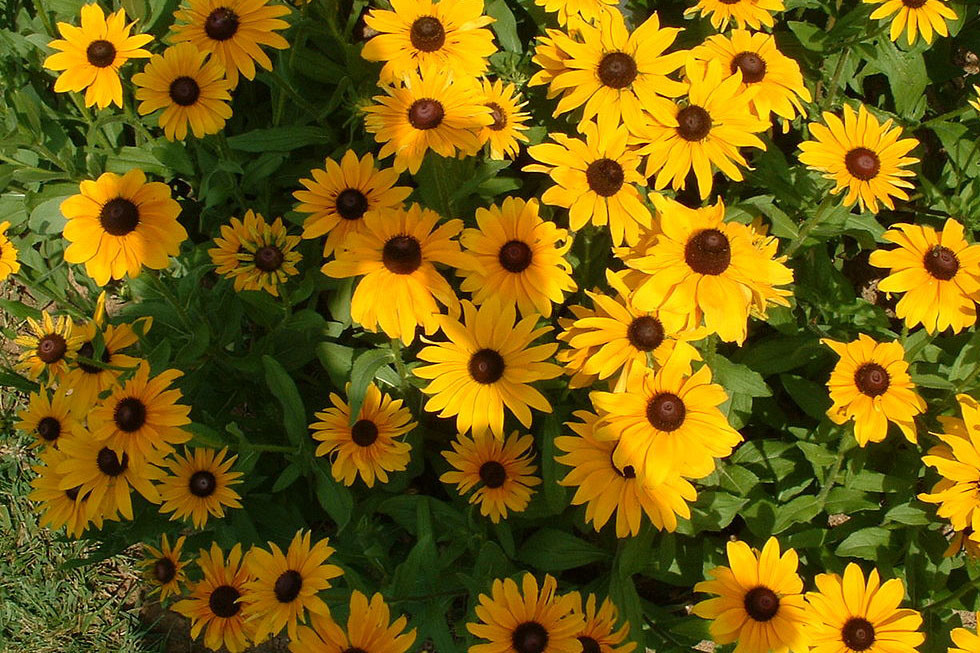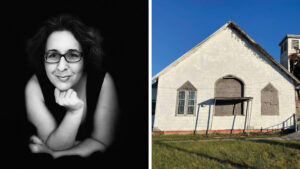For most gardeners, designing, planting and maintaining a garden is a labor of love. But it’s also hard work.
That’s one of the many reasons why perennials are so popular. Once planted, they return year after year (for three seasons or more) without replanting. Besides, perennials add beauty and color, and come in countless varieties that bear flowers from early spring to late fall.
Here’s how to make the most of your perennials.
Create a Site Plan
- Determine the east-west/north-south orientation of your property to gauge sun exposure;
- Using a sheet of graft paper, make a diagram showing your home, existing trees, hedges and other hardscape, and sketch in the area where the flower bed will be located;
- Keep in mind that the tallest plants should be placed at the back of the border. Tulips, crocus, daffodils and hyacinth bulbs are planted in fall for early spring bloom, so leave room in your plan for these early show stoppers.
Prepare the Soil
- Remove sod mechanically or place cardboard over the sod for about six weeks to kill any grass.
- Obtain soil samples to determine the acidity or alkalinity of the soil. Perennial beds have an optimal pH from 6.8 to 7.2. Depending on the results of the soil test, you may need to add sulfur to lower the soil’s pH or lime to raise the pH. Your soil test will also let you know how much fertilizer is needed. Phosphorous, potassium and nitrogen may need to be added to the soil to maintain a sustainable bed;
- Since many perennials last for at least five seasons, refresh their soil by adding at least 25 percent additional organic matter such as well-rotted manure or composted leaves each year.
Select Plants
- When choosing plants, consider characteristics such as color, texture, flowering time, height and plant shape. If many of your selected plants are round and clump-forming like Black Eyed Susan (Rudbeckia) or Purple cone flower (Echinacea), intersperse them with upright plants, such as Iris and Allium or sprawling plants like catmint (Nepeta) or Butterfly weed (Asclepias tuberosa). Spiky flowers such as Delphinium and Salvia have vertical lines and add to overall visual interest;
- Add dwarf evergreens, ornamental grasses, or shrubs with colorful twigs such as red twig dogwoods to the border. That way, beds will look attractive during winter months when flowers aren’t in bloom.
Spacing and Care
- Perennial beds can be planted against a house, in a hedge row, along a walking path or on an island. When properly selected and sited, they can thrive in shade, partial sunlight and full sun;
- If the backdrop for your bed is a wall, fence or hedges, leave at least three or four feet of clearance to make room for weeding, mulching, fertilizing and planting flowers;
- Plants at the front of the border should be given 12 inches of room to grow. If the border is fronted by a lawn, install a broad edging strip of pavers, flagstone, double row of bricks or ties to ease mowing;
- Plants that grow to three feet or higher require 2½ square feet; plants 1 1/2 to 2 feet high require 2 square feet, and plants up to 1 1/2 feet tall require 1 1/2 square feet.;
- Water new transplants and mulch for moisture control.
Journaling
- Maintain a garden journal that includes information about the bed’s soil analysis; any fertilizer and organic matter added; the name of perennials planted; when and where they were purchased; date of planting; plant’s period of flowering; and whether it needs shade, partial or full sun.
Rebecca Brown began her career as a horticulturalist more than 25 years ago and studied at the New York Botanical Gardens. She has been a University of Maryland, Baltimore County, master gardener for four years and is a backyard beekeeper.
Norman Cohen is a retired chemist. He has been gardening for almost 40 years and has been a University of Maryland, Baltimore County master gardener for nine years. Cohen also provides gardening education to the public at local farmers markets.





